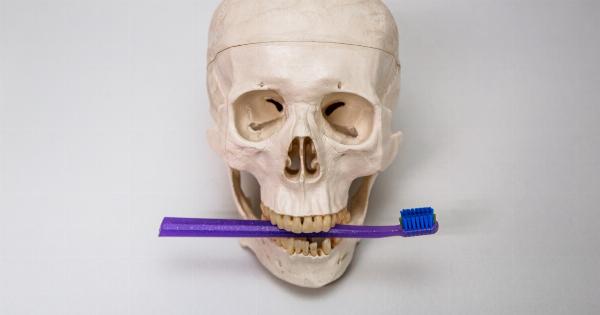Arthritis is a widespread chronic condition that affects millions of people worldwide. However, research has consistently shown that women are more prone to developing arthritis compared to men.
This gender gap in arthritis has been a topic of interest for researchers and healthcare professionals, as it highlights the need for a deeper understanding of the disease and tailored treatment approaches. In this article, we will explore the reasons behind the increased risk of arthritis in women and the potential factors contributing to this gender gap.
1. Hormonal Factors
One of the primary reasons for the higher prevalence of arthritis in women is believed to be the influence of hormonal factors. Research suggests a potential link between hormonal changes, especially estrogen levels, and the development of arthritis.
Estrogen has been found to have anti-inflammatory effects that may help protect against arthritis. However, after menopause, when estrogen levels decline, this protective effect diminishes, leading to an increased risk of developing arthritis.
2. Genetic Predisposition
Genetics also play a significant role in the gender gap seen in arthritis. Certain genes associated with autoimmune diseases, such as rheumatoid arthritis and lupus, have been found to be more prevalent in women.
These genes make women more susceptible to developing these conditions compared to men. Additionally, genetic factors may also influence the severity and progression of arthritis in women.
3. Autoimmune Diseases
Autoimmune diseases, such as rheumatoid arthritis, are more common in women. These conditions occur when the immune system mistakenly attacks healthy cells and tissues, leading to inflammation and joint damage.
The higher prevalence of autoimmune diseases among women contributes to the overall gender gap in arthritis.
4. Joint Structure and Biomechanics
The differences in joint structure and biomechanics between men and women may also contribute to the increased risk of arthritis in women. Women tend to have smaller joint surfaces, which can lead to increased stress and wear on the joints.
Additionally, hormonal changes during menstrual cycles and pregnancy can affect joint laxity, making women more susceptible to injuries and joint damage.
5. Occupational and Lifestyle Factors
Occupational and lifestyle factors can also impact the gender gap in arthritis. Jobs or activities that involve repetitive motions, heavy lifting, or prolonged standing can increase the risk of developing arthritis.
Women are more likely to work in occupations that involve these risk factors, such as nursing or teaching. Furthermore, certain lifestyle factors like obesity, smoking, and physical inactivity, which are more prevalent among women, can also increase the risk of arthritis.
6. Access to Healthcare and Awareness
Another significant factor contributing to the gender gap in arthritis is the difference in access to healthcare and awareness between men and women.
Women often face more challenges in obtaining timely and appropriate healthcare, leading to delays in diagnosis and treatment. Additionally, societal factors and gender biases may influence the perception and recognition of arthritis symptoms in women, further contributing to the gender gap.
7. Psychological and Social Factors
Psychological and social factors can also impact the development and management of arthritis in women. Studies have shown that women are more prone to depression and anxiety, which can worsen arthritis symptoms and decrease quality of life.
Additionally, the societal expectations and roles assigned to women may affect their ability to manage the disease effectively, leading to a higher risk of complications.
8. Impact on Quality of Life
The gender gap in arthritis not only affects the risk and prevalence but also has profound implications for the quality of life of women.
Arthritis can cause chronic pain, stiffness, and disability, leading to limitations in daily activities and reduced overall well-being. Therefore, it becomes crucial to address the unique challenges faced by women with arthritis and provide them with appropriate support and resources to improve their quality of life.
9. Treatment Approaches
Recognizing the gender gap and its associated factors is essential for developing effective treatment approaches for arthritis.
Healthcare providers should consider the specific needs and risk factors faced by women when diagnosing and managing arthritis. Tailored treatments, including medication, physical therapy, and lifestyle modifications, can help alleviate symptoms and improve outcomes in women with arthritis.
10. Future Research and Conclusion
While significant progress has been made in understanding the gender gap in arthritis, there is still much more to learn.
Further research is needed to explore the underlying mechanisms behind the increased risk of arthritis in women and identify specific interventions that can help bridge the gender gap. By addressing the unique challenges faced by women, we can ensure better outcomes and a higher quality of life for all individuals living with arthritis.





























